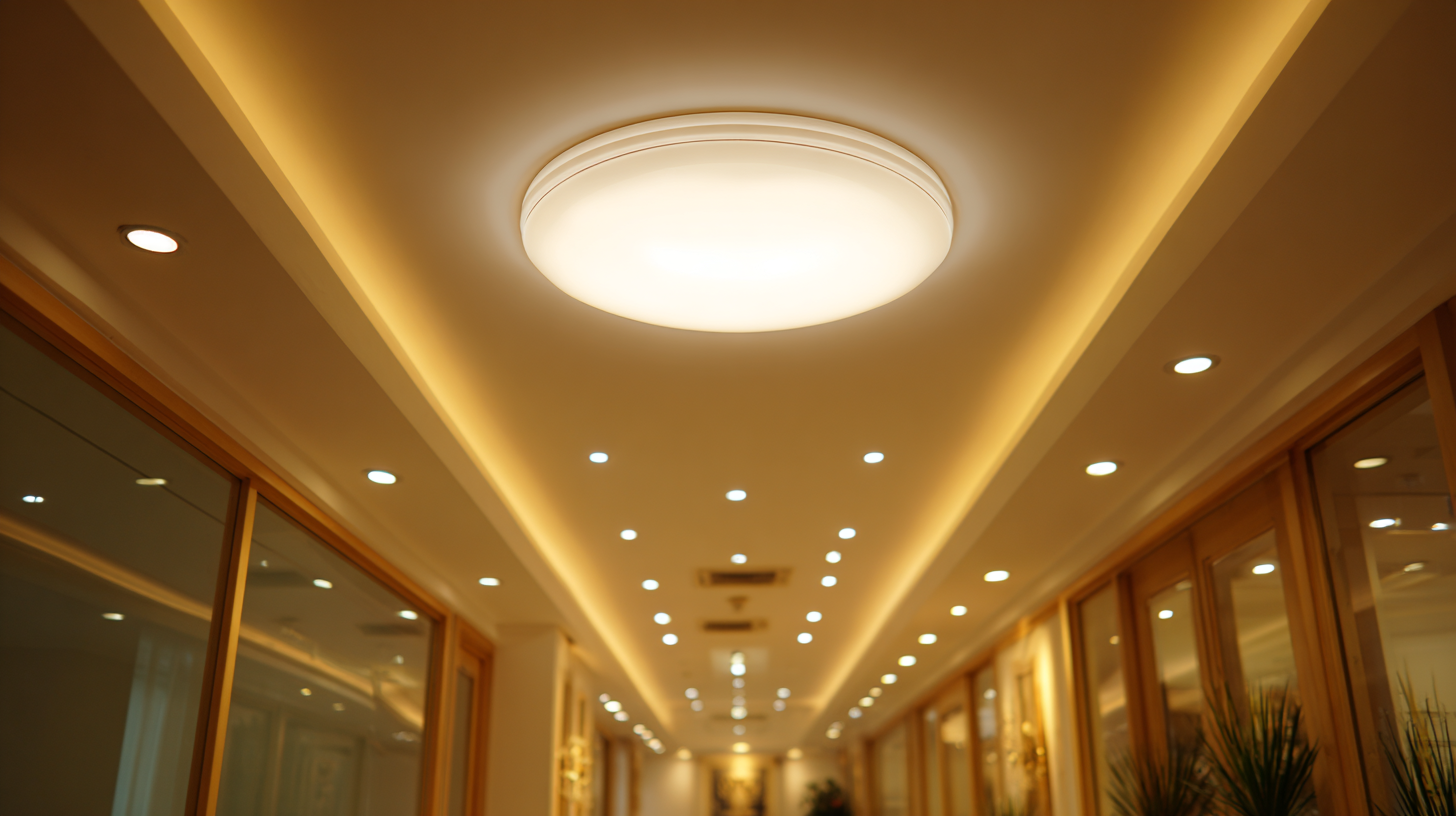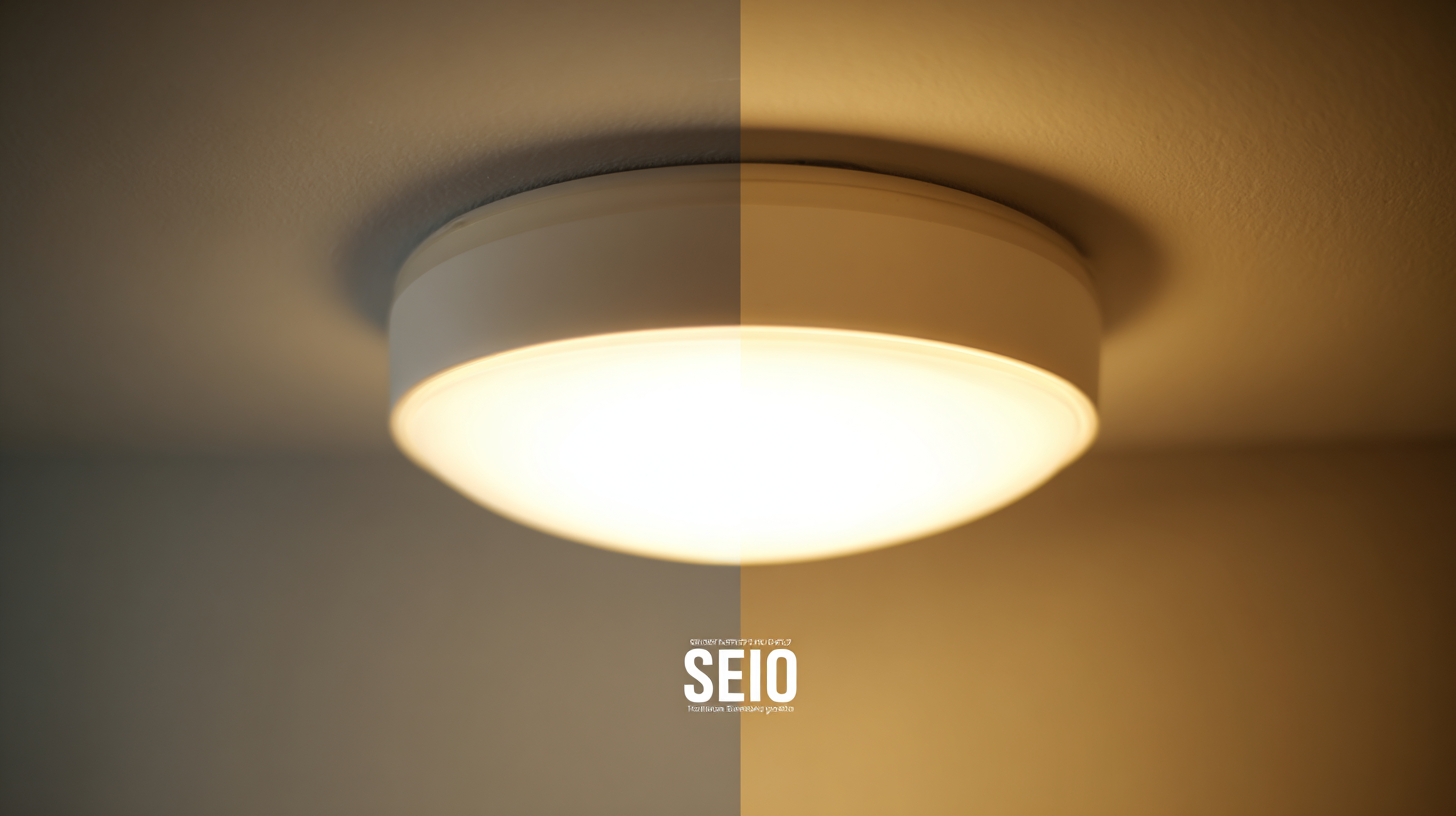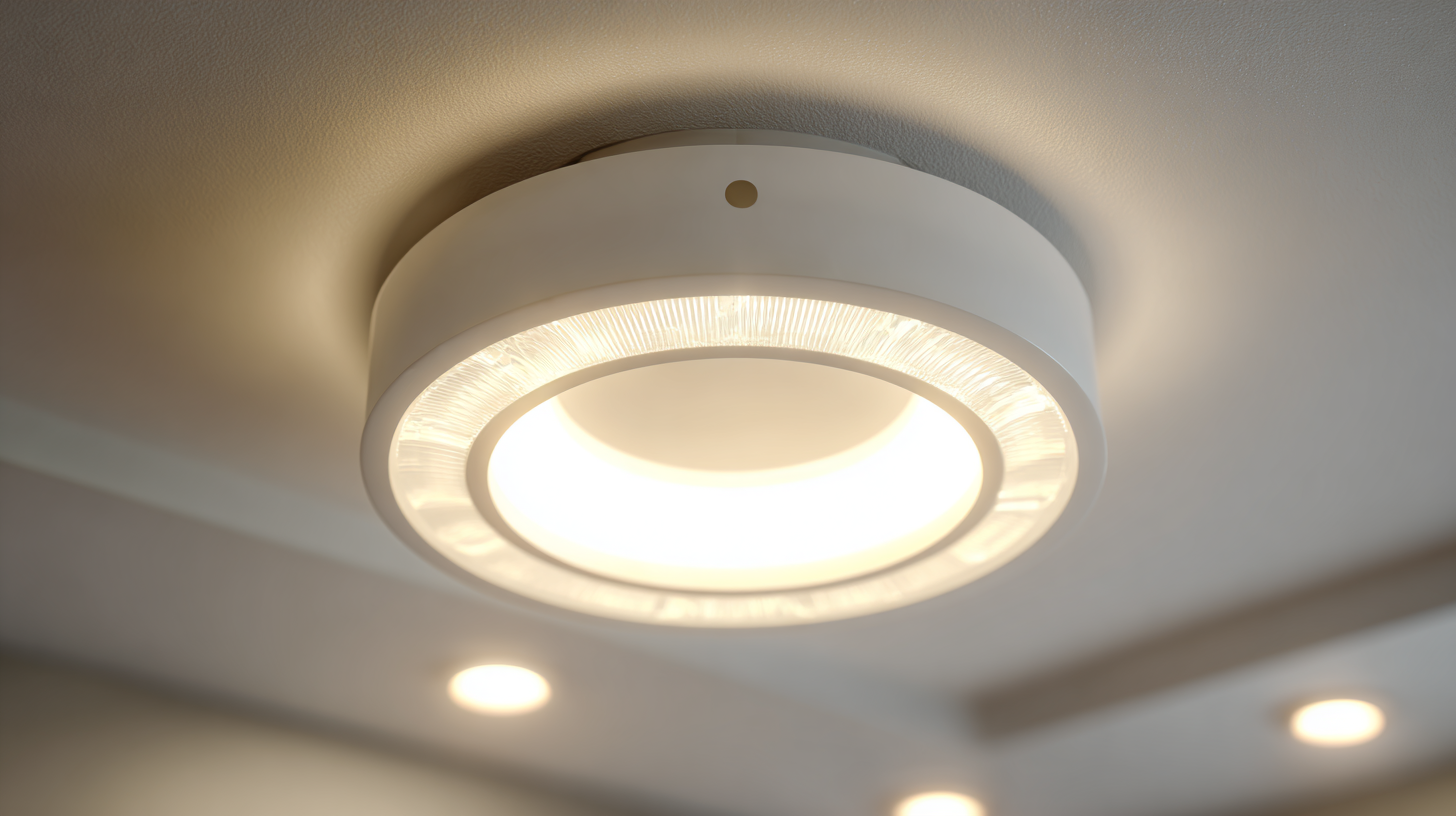 English
English-
 English
English -
 Español
Español -
 Português
Português -
 русский
русский -
 Français
Français -
 日本語
日本語 -
 Deutsch
Deutsch -
 tiếng Việt
tiếng Việt -
 Italiano
Italiano -
 Nederlands
Nederlands -
 ภาษาไทย
ภาษาไทย -
 Polski
Polski -
 한국어
한국어 -
 Svenska
Svenska -
 magyar
magyar -
 Malay
Malay -
 বাংলা ভাষার
বাংলা ভাষার -
 Dansk
Dansk -
 Suomi
Suomi -
 हिन्दी
हिन्दी -
 Pilipino
Pilipino -
 Türkçe
Türkçe -
 Gaeilge
Gaeilge -
 العربية
العربية -
 Indonesia
Indonesia -
 Norsk
Norsk -
 تمل
تمل -
 český
český -
 ελληνικά
ελληνικά -
 український
український -
 Javanese
Javanese -
 فارسی
فارسی -
 தமிழ்
தமிழ் -
 తెలుగు
తెలుగు -
 नेपाली
नेपाली -
 Burmese
Burmese -
 български
български -
 ລາວ
ລາວ -
 Latine
Latine -
 Қазақша
Қазақша -
 Euskal
Euskal -
 Azərbaycan
Azərbaycan -
 Slovenský jazyk
Slovenský jazyk -
 Македонски
Македонски -
 Lietuvos
Lietuvos -
 Eesti Keel
Eesti Keel -
 Română
Română -
 Slovenski
Slovenski -
 मराठी
मराठी -
 Srpski језик
Srpski језик
How to Choose the Best LED Ceiling Light for Your Home Lighting Needs
In recent years, the demand for energy-efficient lighting solutions has surged, with LED ceiling lights emerging as a top choice for homeowners. According to a report by the U.S. Department of Energy, residential LED lighting has the potential to save families up to 75% in energy costs when replacing traditional incandescent bulbs, making it an economical and eco-friendly option. As the popularity of these lights grows, so does the variety of styles and configurations available on the market, which can sometimes overwhelm consumers. With numerous alternatives that cater to different aesthetics and functionalities, understanding how to choose the best LED ceiling light for your home lighting needs becomes essential. Whether you are looking for sleek designs, smart technology compatibility, or specific brightness levels, knowing the key factors to consider will ensure that you make an informed decision that enhances both the ambience and efficiency of your living space.

Factors to Consider When Selecting LED Ceiling Lights for Optimal Illumination
When selecting LED ceiling lights for your home, several factors come into play to ensure optimal illumination. First and foremost, consider the size of the room. A larger space may require multiple fixtures or higher wattage to achieve adequate lighting. For smaller rooms, a single ceiling light may suffice, but it should still provide good brightness and coverage.

Another important aspect to consider is the color temperature of the LED lights. Ranging from warm white to cool blue, the color temperature can affect the ambiance of your space. For cozy areas such as living rooms or bedrooms, warmer tones create a relaxed atmosphere, while cooler tones are ideal for task-oriented spaces like kitchens and work areas.
Tips for selecting the right LED ceiling lights include checking the lumens rating for brightness and choosing dimmable options for flexibility in lighting levels. Additionally, look for energy-efficient models with a longer lifespan to save on energy costs and maintenance. By evaluating these factors, you can find the perfect LED ceiling lights that enhance both functionality and style in your home.
Understanding Lumens and Kelvin: Key Metrics for LED Ceiling Light Performance
When selecting the best LED ceiling light for your home, understanding lumens and Kelvin is crucial in determining the ideal lighting performance. Lumens measure the brightness of the light; the higher the lumens, the brighter the light. For example, a space intended for tasks, such as a kitchen or home office, may require between 300 to 800 lumens to ensure adequate visibility. In contrast, areas meant for relaxation, like a bedroom or living room, can benefit from softer lighting, typically around 100 to 300 lumens.
Kelvin, on the other hand, refers to the color temperature of the light emitted, influencing the mood and ambiance of a room. Lower Kelvin values (around 2700K-3000K) produce a warm, cozy glow that resembles traditional incandescent bulbs, ideal for residential spaces where comfort is a priority. Meanwhile, higher values (4000K-5000K) produce a cooler, more energizing light that resembles daylight, making them suitable for workspaces where focus and clarity are essential. By considering both lumens and Kelvin, you can create a well-lit environment that enhances both functionality and comfort in your home.
Market Trends: The Growth of LED Lighting in Home Improvement by 2025
The market for LED lighting in home improvement is set to witness significant growth by 2025, as more homeowners recognize the benefits of energy-efficient lighting solutions. According to a report by Grand View Research, the global LED lighting market is projected to reach $105.14 billion by 2025, growing at a compound annual growth rate (CAGR) of 13.4% from 2019. This trend reflects a growing consumer preference for sustainable and cost-effective lighting options that not only reduce electricity bills but also minimize environmental impact.
Factors driving this growth include advancements in LED technology, which have led to improved performance, durability, and versatility in lighting applications. The adoption of smart home technology is also gaining traction, with many LED ceiling lights now integrated with smart controls for enhanced convenience. MarketsandMarkets estimates that the smart lighting market alone will grow to $24.2 billion by 2024, underscoring the importance of incorporating LED solutions in modern home lighting design. As energy efficiency becomes a cornerstone of home improvement projects, selecting the right LED ceiling light is more crucial than ever to meet diverse lighting needs while promoting sustainability.

Cost-Benefit Analysis: Long-Term Savings with Energy-Efficient LED Ceiling Lights
When selecting LED ceiling lights for your home, a crucial aspect to consider is the cost-benefit analysis, particularly in terms of long-term savings. LED lighting is known for its energy efficiency, which translates into lower electricity bills over time. While the initial investment for LED ceiling lights may be higher than traditional bulbs, the reduced energy consumption and longer lifespan make them a financially sound choice in the long run.
Tips for maximizing savings with LED ceiling lights include choosing fixtures that offer adjustable brightness settings, which can help you tailor illumination levels to specific tasks and reduce unnecessary energy use. Additionally, consider installing dimmers, as they not only enhance ambiance but also further extend the lifespan of your LED lights. Regularly assessing your lighting layout can also ensure you have the right amount of light where it’s needed most, preventing over-usage in under-lit areas.
Another tip is to look for options with smart technology integration. Smart LED lights allow you to control your lighting remotely or set schedules, enabling you to optimize energy use even when you’re not home. By investing in quality LED ceiling lights and incorporating these strategies, homeowners can achieve significant long-term savings while enjoying superior lighting solutions.
How to Choose the Best LED Ceiling Light for Your Home Lighting Needs - Cost-Benefit Analysis: Long-Term Savings with Energy-Efficient LED Ceiling Lights
| Feature | Conventional Light Bulbs | LED Ceiling Lights |
|---|---|---|
| Lifespan | 1,000 hours | 15,000 - 50,000 hours |
| Energy Consumption | 60 watts | 10-15 watts |
| Average Cost per Bulb | $1 - $5 | $10 - $30 |
| Heat Emission | High | Low |
| Color Temperature Options | Limited (Warm White) | Wide Range (Warm, Neutral, Cool White) |
| Annual Energy Cost (based on 3 hours/day usage) | $24 | $5 - $12 |
| Total Cost Over 5 Years | $120 | $60 - $100 |
Top Brands and Models in the LED Ceiling Light Market: A 2025 Overview
When it comes to illuminating your home, LED ceiling lights stand out for both energy efficiency and stylish designs. According to the latest market reports, the global LED lighting market is projected to reach $100 billion by 2025, fueled by a growing demand for sustainable lighting solutions. Homeowners are increasingly favoring brands that offer a balance of quality and aesthetic appeal, such as Philips, Osram, and Cree, which lead the sector with innovative designs and advanced technology.
In 2025, consumers have a plethora of options when selecting the best LED ceiling light for their unique needs. Popular models include smart LED panels that can be controlled via smartphone apps, providing convenience and customization. The Energy Star-rated fixtures not only assure optimal energy usage but also offer longevity, lasting upwards of 25,000 hours. As homeowners look to upgrade their lighting, the emphasis is on products that combine performance with eco-friendliness, making these brands and models frontrunners in the LED ceiling light market.

